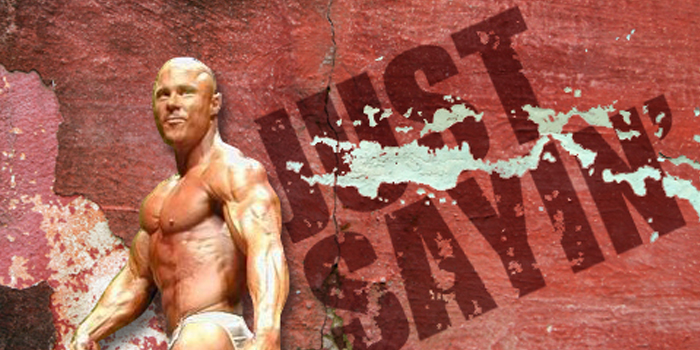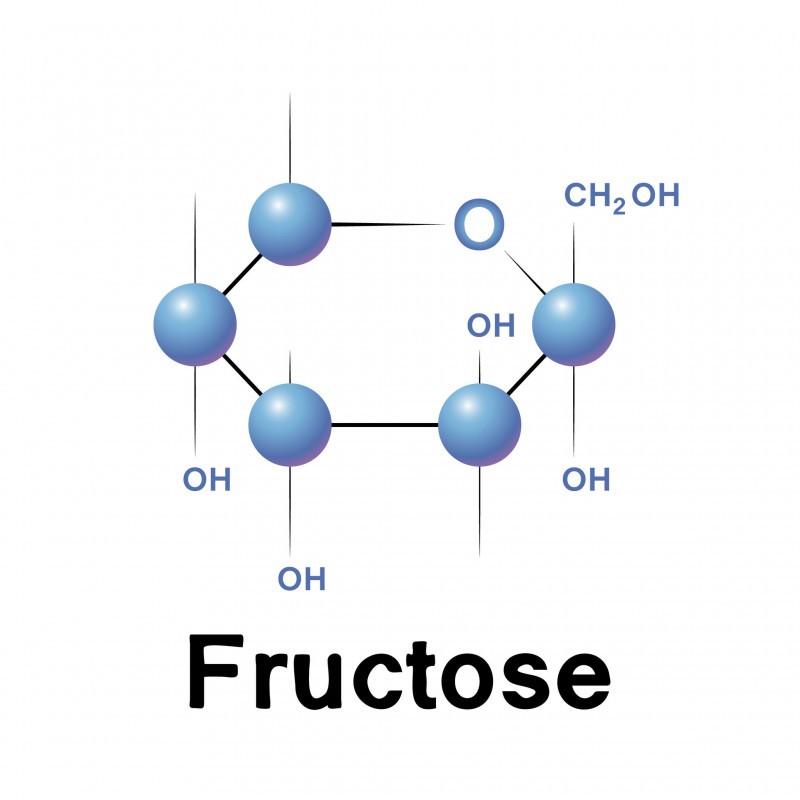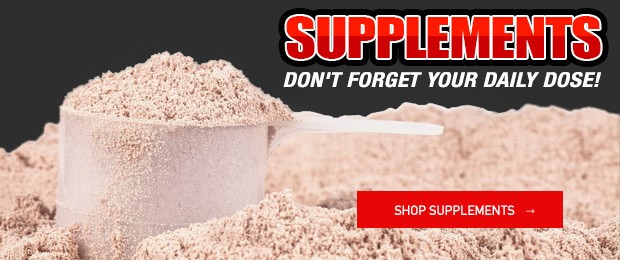
There is a seemingly ongoing debate in bodybuilding as to whether fructose is good for carb-loading or not. I have been dealing with this debate from the very first days of my loading protocol (Skiploading) that is used both for peaking for a show and for weekly carb-refeeds during a dieting phase. I wish I had explained this in depth in my TRTbodybuilding Online DVD. I covered so much information that I somehow forgot to discuss it, so I am going to detail it here.
The age-old argument is quite simple: Some believe that fructose only replenishes liver glycogen and is unable to replenish muscle glycogen. Others believe that when the body is depleted of muscle glycogen, after the liver uses fructose first to replenish liver glycogen, it will then be used to replenish muscle glycogen. One can find studies to support both arguments, but what really matters from a bodybuilding standpoint are the visual results. I can tell you matter-of-factly that both are true. I will expound, of course, by simplifying a very complex process.
MORE: Rice Cakes and the Antiquation of Peaking Methods
Fructose does, in fact, first replenish liver glycogen before muscle glycogen; let’s get this one out of the way first. However, glucose also replenishes liver glycogen first before replenishing muscle glycogen. In a nutshell, the liver gets priority when it comes to carbohydrate before the muscles do. If the liver has to be “full” of glycogen before the muscles get to refuel, it stands to reason that ingesting fructose, either by itself or with glucose, would be the most efficient way to get liver glycogen stores full and then the body will store more carbohydrate in muscle as more carbohydrate is ingested. This is precisely why I have said that using fructose or sucrose (table sugar, a combination of glucose and fructose) is far more beneficial in the first meal of a Skipload, carb-refeed meal or “cheat” meal than using fructose or sucrose in subsequent meals if the Skipload or carb-refeed is extended for more than one meal. The carbohydrate sources that follow the first meal should be predominantly starch-based.
Even with the above being stated, I have witnessed hundreds of times that a client (or myself) has continued loading past the first meal with fructose and/or sucrose-based foods and has continued to fill muscle glycogen and not gained body fat from doing so. The latter is important because it is stated over and over in articles and studies that ingesting more fructose than is needed to refill liver glycogen stores will cause the body to store the excess as adipose tissue. Though this plays out on paper quite clearly, it is not so clear when applied.
Though I have recently begun to limit fructose and sucrose to the first meal of Skiploads as a precautionary measure, I still have years of training thousands of clients who have continued to load with sucrose and have not only filled out tremendously well but also did not add any body fat from what would be determined by some as an overload of sucrose (fructose and glucose). How do I argue this “on-paper” point? Experience. When something happens over and over, many hundreds of times—if not thousands of times—I am going to go with what happens when something is applied rather what something looks like on paper.
Why, then, would I bother to limit the fructose and sucrose to the first meal after years of not doing this? Because it is precautionary, and if there are small amounts of body fat being added viscerally (they certainly weren’t adding body fat subcutaneously, because that would be seen visually in their condition), changing to starches would make the likelihood of adding any visceral fat almost impossible. Have I seen an increase in better conditioning with this current change to my loading protocol? No. Again, it is precautionary, and I admit that though I have conditioned thousands of people before making this change, it may take longer than the last couple of hundred, since I made this change, to accurately assess whether a small percentage of people respond differently.
There are a lot of things that don’t add up and still aren’t known about carb-loading or replenishing muscle glycogen. One in particular that I will not ever believe, which is accepted by the masses, is that the body can store only 450 to 600 grams of carbs as glycogen, depending on the amount of muscle someone carries. Though this is accepted by so many people these days, I have shown time and time again that ingesting double that (or even more for some people) has worked incredibly well by filling muscles to ridiculous levels with absolutely no change in body fat levels.
My point is that the things that are accepted as “fact” in this industry need to constantly be questioned. We find out quite often that the things we have accepted in the past are sometimes not the optimal methods they were thought to have been at one time. Question everything, and experiment. Challenge methods and studies every chance you get. Accepting long-held methods or concepts does nothing in the way of learning. Get outside of your comfort zone and question everyone and everything. This is how we will continue to advance the current level of conditioning and muscle mass.
Image credit: Anastasiya Ramanenka © 123RF.com












I've been doing about 30-50g carbs from fruit in my first load meal - and couple times I did it in first two meals.
Regards.